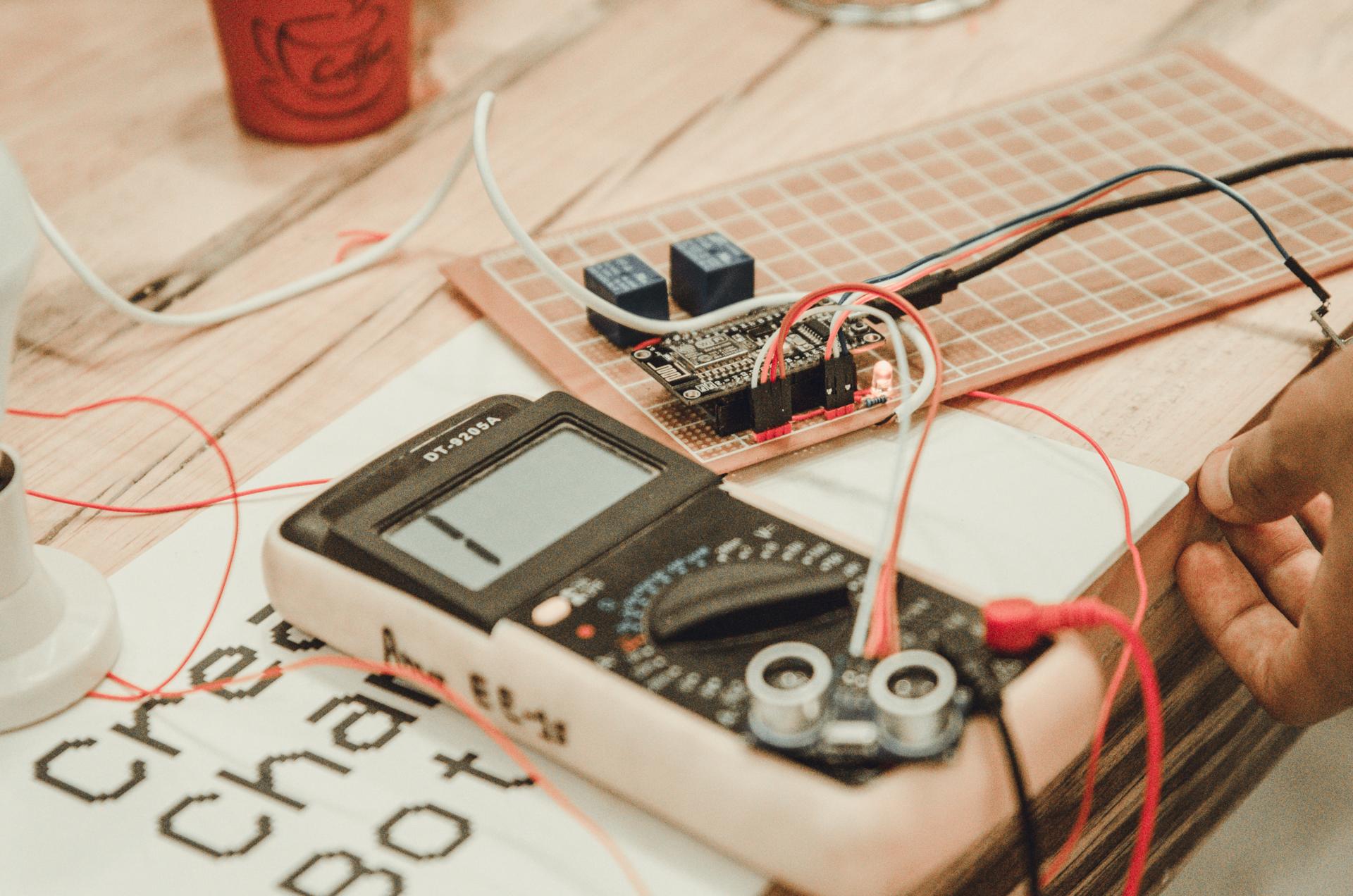The Importance of Electric Safety Testing in Your House

When it comes to security in your home one of the most important areas to consider is the safety of electrical wiring. Electrical safety testing is the procedure of testing the electrical system in your home to make sure that it’s safe and current. In this article, we’ll provide you with an overview of what electrical safety testing are, what tools will be required to conduct them, how to perform the tests, and what warning signs to look out for.
What exactly is the definition of an Electrical Safety Test?
An electrical safety test is the process of checking the electrical system in your home to verify that it’s functioning safely and in a proper manner. The importance of electrical safety tests is because they can help prevent electrical accidents and fires, and ensure the longevity of your electrical system.
Equipment Required to conduct an electrical Safety Test
For conducting an electrical safety test you’ll need some essential equipment. These include a voltage tester as well as a continuity tester, a circuit tester, as well as the outlet tester. It is utilized to test for live circuits, while the continuity tester checks for broken circuits. The circuit tester is used to check for wiring faults as well as the outlet tester is used to check for wiring problems in the outlets. It’s important to use these devices correctly to get precise results.
How do you conduct an electrical Safety Test
To perform an electrical safety test inside your home take these steps:
Shut off the power supply to the circuit you’re testing.
Utilize the voltage tester to test whether there are live circuits.
Utilize the test for continuity to check for damaged circuits.
Make use of the circuit tester to check for electrical faults.
Use the outlet tester to find any wiring issues in the outlets.
During the process of testing, be sure to look for indications of wear or damage on the wires that could indicate frayed or broken wires, burn marks, as well as loose or damaged connections. If you discover any problems, it’s important to address them as soon as possible to avoid potential hazards.
The Signs of Electrical Issues to Watch Out for
There are a variety of warning signs that could signal electrical problems in your home. These include flickering lights frequently tripping the circuit breaker noises that crackle or buzz from outlets, the appearance of outlets that are discolored or hot and a smell of burning. If you notice any of these warning indicators, you must get to work immediately to avoid potential electrical hazards.
Conclusion
Safety tests for electrical appliances are essential to ensure your safety and your family. By conducting regular tests and addressing any issues promptly you will be able to prevent dangers to your electrical system and prolong the lifespan of your electrical system. If you need assistance in electrical repairs or testing, don’t hesitate to contact Local Electrician Richmond. Our experienced team can provide you with expert guidance and assistance. Contact us at 1300 941 876 to schedule an appointment or request a quotation.
FAQ Section
How often should I conduct an electrical safety test in my home?
We recommend conducting electrical safety tests at least every year.
Can I perform an electric safety check on my own , or do I need the help of a specialist?
Although it’s possible to conduct tests for electrical safety yourself however, it’s advised to employ a professional to ensure accurate results and avoid potential hazards.
Are there any common electrical problems that can be found in an electrical safety check?
The most common electrical problems discovered during a safety check include defective wiring, circuits that are overloaded and outdated electrical systems.
What should I do if I find an issue during the electrical safety test?
If you find an issue in the electrical safety test It is crucial to take action immediately. This may include making contact with an experienced electrician to address the issue, or replacing faulty equipment.
